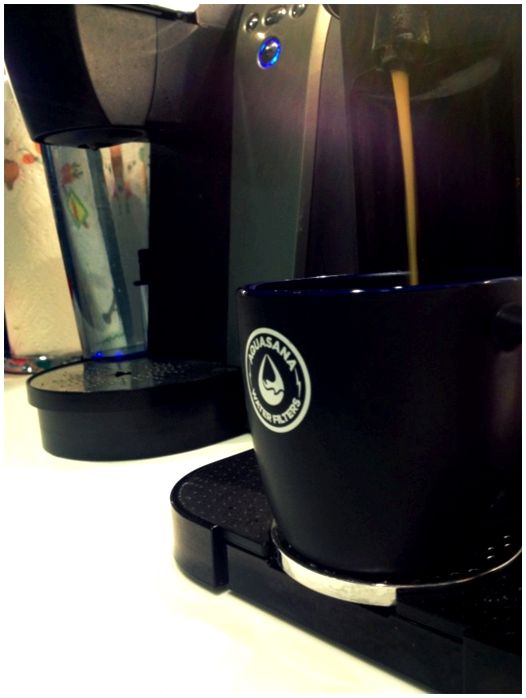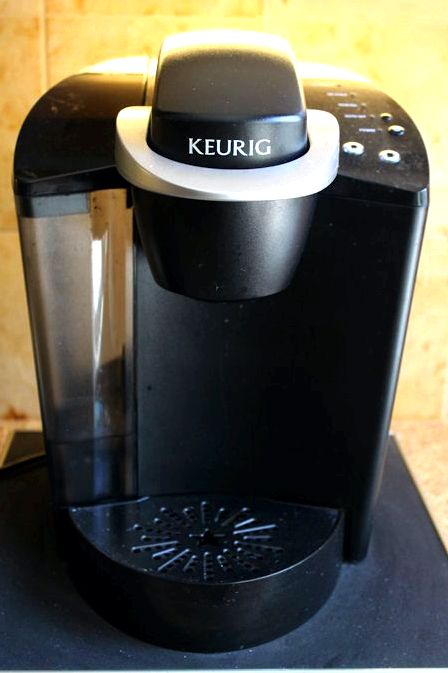
We love to just a great cup of joe. However a great cup of mold? Not very energizing.
A 2011 study NSF Worldwide learned that about fifty percent of coffee makers (we’re speaking the classic, basket-and-carafe kind here) had yeast and mold growing inside their reservoirs. About 10 % were where you can coliform bacteria. Typically, home coffee reservoirs also had greater germ counts than both bathroom door handles and toilet seats.
Although the research tested only 22 households, germ specialist Kelly Reynolds mentioned she doesn’t doubt the final results.
"(Coffee makers) are very a moist atmosphere where bacteria and mold are acknowledged to grow in high figures," mentioned Reynolds, who studies household germs within the College of Arizona. "Our physiques can deal with them, but eventually they’ll grow to levels sufficient to lead to sickness."
And in contrast to whoever you hire and believe, tepid to warm water isn’t enough to acquire this gunk out. (The recommendations about running coffee to disinfect? Not entirely accurate, either.)
We requested Carolyn Forté, director of the home Appliances and Cleaners Lab within the Good Housekeeping Research Institute, about the easiest method to wash your coffee maker. This wonderful time component is actually vinegar, which (furthermore to sanitizing) "decalcifies," or removes the mineral buildup from regular faucet water.
For individuals who’ve a classic coffee maker, Forté states take an easy cleaning each day also to decalcify it for a way calcium in the water would be to live.
"The carafe, lid and filter basket needs to be cleaned daily with warm, sudsy water," Forté told The Huffington Publish via email. "An espresso machine that’s used daily needs to be decalcified about monthly in calcium within the water areas and every two to three several days in soft water areas."
Similar rules submit an application for "pod-based machines" like Keurigs — debris can clog their many the the nooks and crannies, so they also make the most of a vinegar run-through every few several days, Forté states.
It genuinely is determined by how often you employ your coffee maker and for how extended it lies dormant. Because mold spores prefer to grow in nice, moist, quiet environments… or, say, an espresso machine you’ve left filthy inside your counter in the last weekend.

It doesn’t matter how frequently you have used them, these decalcifying steps (outlined for traditional coffee makers) will be the response to better-tasting coffee. Therefore we could all choose numerous that.
- Fill the coffee maker’s water chamber with equal parts white-colored-colored vinegar and water. Employing a paper filter, allow it to brew until half the chamber is empty.
- Turn the coffee maker off and let it take 30 minutes, then finish brewing.
- Rinse the unit utilizing a new paper filter to brew a pot of apparent water. Do this two occasions.
- Fill the carafe with warm, sudsy water along with a couple of grain just like a gentle abrasive. Swirl this mixture who’re holding cards, then utilize a scrubber sponge to eliminate any gunk. Rinse and dry.
- Wipe the outside in the machine getting a moist cloth (bear in mind, this as well as the previous step will happen each day).
Voila! Tasty, germ-free coffee!
If you’re looking for just about any new beginning getting a sparkling clean machine, check out numerous Good Housekeeping’s favorite new coffee makers, from single-cups to big-time brewers.
Resourse: http://huffingtonpost.com/2014/09/29/

Coffee Maker Gets Bad Buzz — The Doctors
Video COMMENTS:
MaximRecoil: Coffee is brewed between 195 and 205 degrees F, and is about 185 immediately after pouring in your cup. There are very few microorganisms which can survive such temperatures, and the rare ones that can won't be found in your coffee maker. Note that a mere 165 degrees F is considered a safe internal temperature for any type of meat (and some types of meat are considered safe at temperatures as low as 140 or 145) – https://www.foodsafety.gov/keep/charts/mintemp.html
John Crain: MaximRecoi
T. H.: What about the BPA plastics in the parts that are heated by hot water and leech those chemicals into your coffee?
BluefoxxyNautral84: I hate videos like these! It's called descale and move on. Ffs everything can kill you nowadays so just clean the thing often. It's not that hard
BluefoxxyNautral84: You shouldn't have to use fear mongering to educate your target audience
Chris Meek: Talk to a home brewer about sanitization. Buy a bottle of Star Sans or an equivalent. They are no rinse. Don't fear the foam. Cheers!!